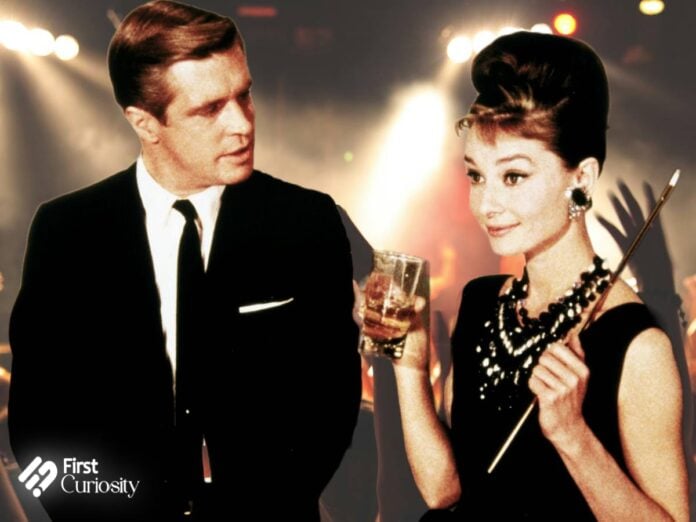Ah, ‘Breakfast at Tiffany’s’—the epitome of chic, the embodiment of Audrey Hepburn‘s grace, and the beacon of New York City glamour. But we’re too deep into the 21st century to keep sugarcoating anymore.
Behind the glitz and glamour lies a movie that’s as controversial as it is iconic. So grab your pearls and pour yourself a martini, because we’re about to dive into the tangled web of Holly Golightly’s world and all its quirks. Apparently, the light-hearted classic hurt many hearts with its controversial depictions.
‘Breakfast At Tiffany’s’ Has Heavily Embedded Racism
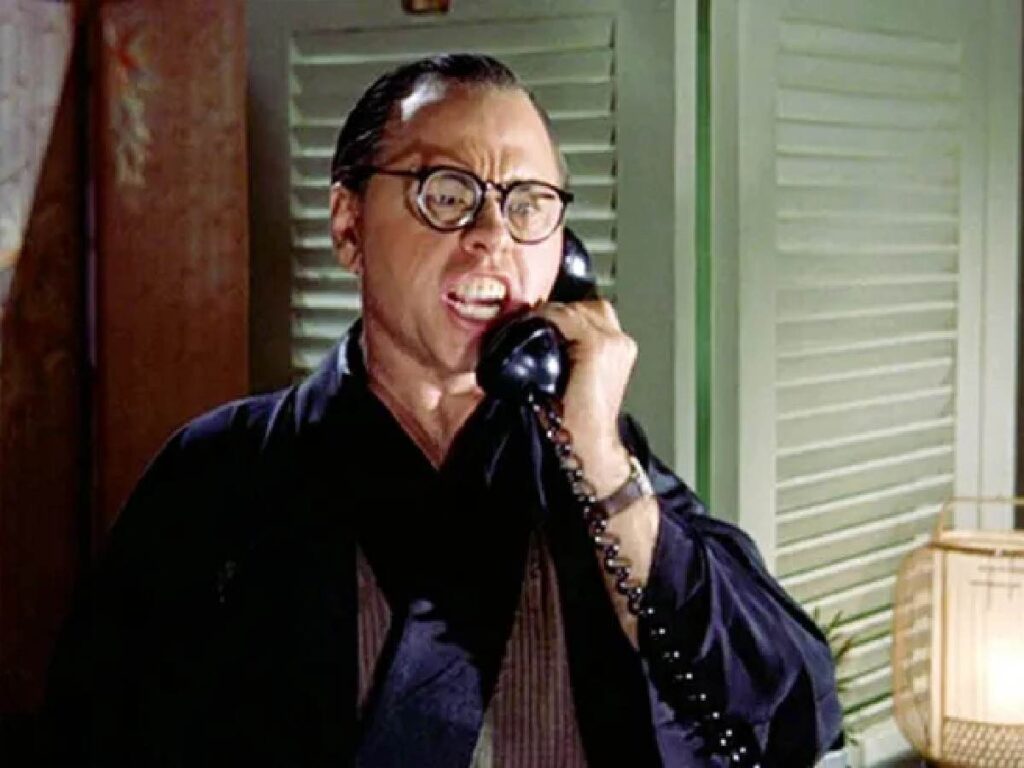
Okay, let’s address the elephant in the room, or should I say, the man in the window. The all-glam-packed, trend-setting, iconic 60s cinema had to have its own comedic relief, and to 2010s cell phone hunters, it turned out to be a sloppily portrayed Japanese character. Mickey Rooney’s portrayal of Mr. Yunioshi is… cringe-worthy, to say the least. With his exaggerated accent, yellow face, and stereotypical mannerisms, it was a casting call that didn’t age as well as Hepburn’s little black dress, to put it mildly.
Related: 10 Great Classic Films That Never Got A Single Oscar Nod
Another key detail that makes this part of the feminist classic problematic is that Mr. Yunioshi is the only non-white character in the entire film. To put the bright cherry on top, he was played by a white person, making the whole ordeal even more uncomfortable. It’s the kind of misstep that leaves you squirming in your seat, wondering how this ever got the green light, but hey, it was 1961, if you can hold that as justification. Sure, it was a different time, but that doesn’t excuse the blatant racism on display, especially if you want to call it the greatest movie of all time in 2024. The character’s presence, along with the lack of authentic representation, highlights the pervasive racism in Hollywood during that era, serving as a stark reminder of the industry’s problematic history.
Characters: Shades Of Grey
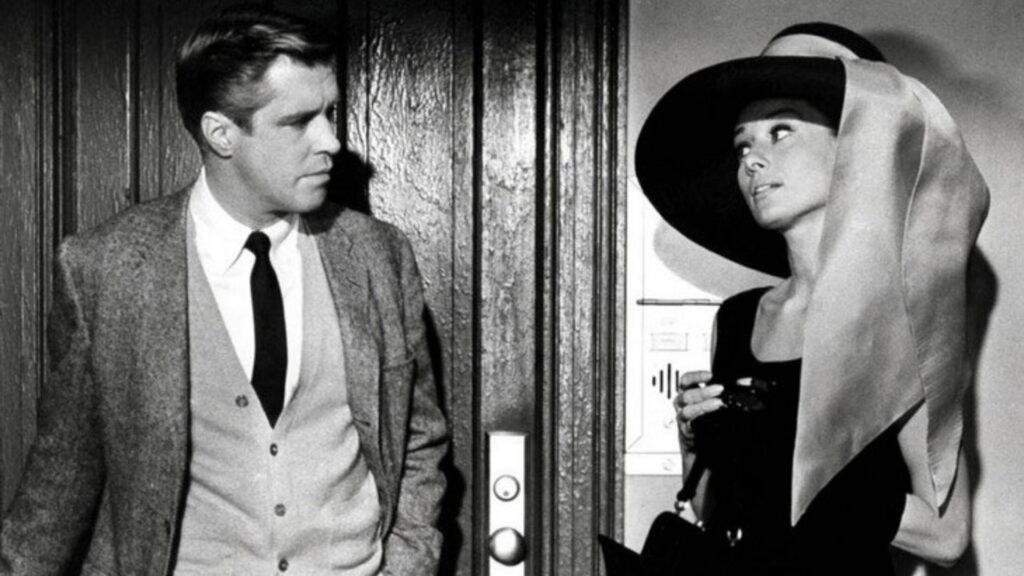
Now, let’s talk about our protagonists—Holly Golightly and Paul Varjak. On the surface, they’re a perfect for each other swan pair, with their eat-the-rich jobs and undeniable chemistry. But scratch beneath the surface, and you’ll find a whole lot of complexity. Holly Golightly, played by the incomparable Audrey Hepburn, isn’t your typical leading lady. She may be the epitome of chic, but she’s also a bit of a conundrum. Accepting money for companionship? Unwittingly aiding criminal activities? It’s all in a day’s work for our dear Holly. She comes off strong and is a stark contrast to the ideal woman image of that time, but looking from a keener point of view, she’s a combo pack of insecurity and attachment issues.
In case you missed it:
Now, what do I say about our dear blue-eyed Paul? Well, for one, he wasn’t the ideal man, traded sex for money, which isn’t something to look down on, but c’mon, after doing this her whole life, Holly chose a guy from work? Her issues were showing here.
Holly Golightly: The Icon
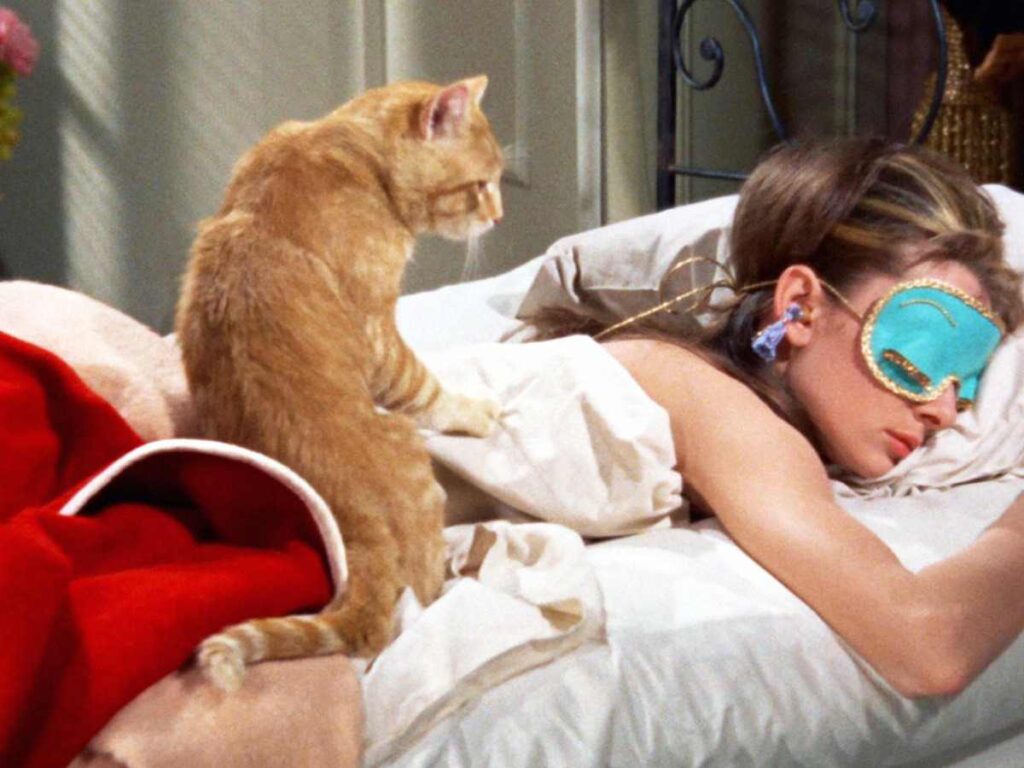
Ah, yes, the age-old debate: Is Holly Golightly a feminist icon or a cautionary tale? On the one hand, she’s independent, stylish, and living life on her own terms. But on the other hand, she’s also a bit of a mess. Grappling with loneliness, insecurity, and a whole lot of emotional baggage happens to the best of us. It’s a complex portrait of womanhood that’s both empowering and problematic, depending on who you ask.
I have laid down the complexity and hours worth of debate surrounding this icon. Now, if all of you Tumblr girls want a relatable boss lady, go ahead and paste her posters on your walls by all means, but if you’re looking for a role model, dig a little more.
The Verdict On ‘Breakfast At Tiffany’s’
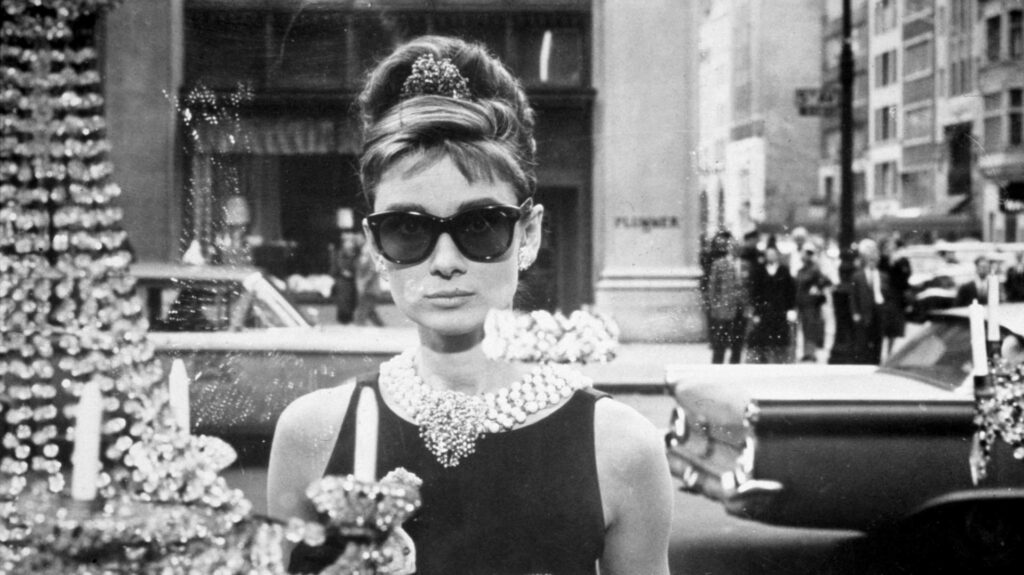
So, where does that leave us? Well, ‘Breakfast at Tiffany’s’ is a complicated masterpiece, and I’ll admit that it holds a special place in my heart. But that doesn’t mean I’m blind to its flaws. By acknowledging the film’s controversies, whether it’s racism, the morally grey characters, or the extreme idealization of Holly’s lifestyle, we can engage in more meaningful discussions about representation, identity, and the ever-evolving landscape of cinema.

